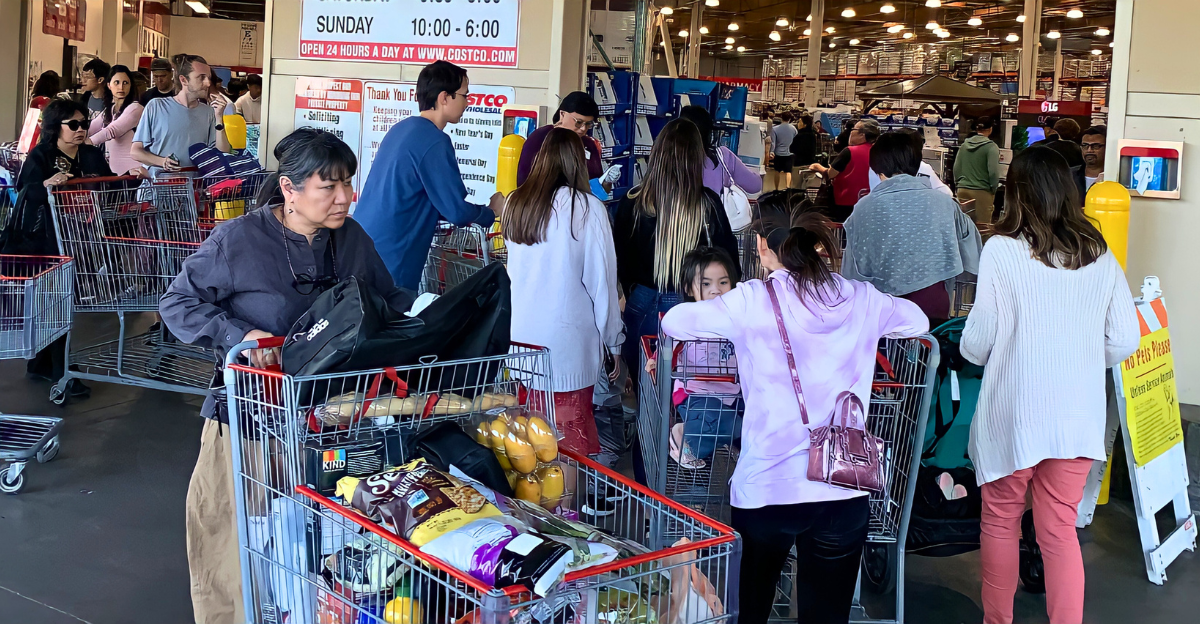
In 2025, everyday prices are forecast to strain households more than in recent years. The USDA Economic Research Service projects beef and veal climbing nearly 8%, while Reuters reports eggs could rise above 20% after severe bird flu outbreaks cut flocks. Bloomberg notes olive oil faces some of the steepest global increases, with costs jumping more than 30% due to supply disruptions in Spain and Italy.
Families could see grocery bills rise sharply, but retailers warn that hoarding worsens shortages. Thoughtful planning and measured buying are the most effective defenses for households.
Tariff Shock—Mid-2025 Trade Shifts

Trade analysts caution that tariff adjustments under consideration for 2025 could result in some of the steepest import-related cost hikes in recent years. The Office of the U.S. Trade Representative (USTR) has discussed non-finalized increases on consumer goods, with the Financial Times reporting possible rises of 20–40% in categories like clothing, footwear, and electronics, depending on product origin.
Experts note historical parallels to the 1930 Smoot-Hawley Act’s trade disruptions, though specifics remain uncertain. Retailers are increasing inventories in anticipation, and analysts warn that, if enacted, higher costs may steadily impact consumers, especially in apparel and electronics.
1. Beef & Veal — Historic Jumps Ahead
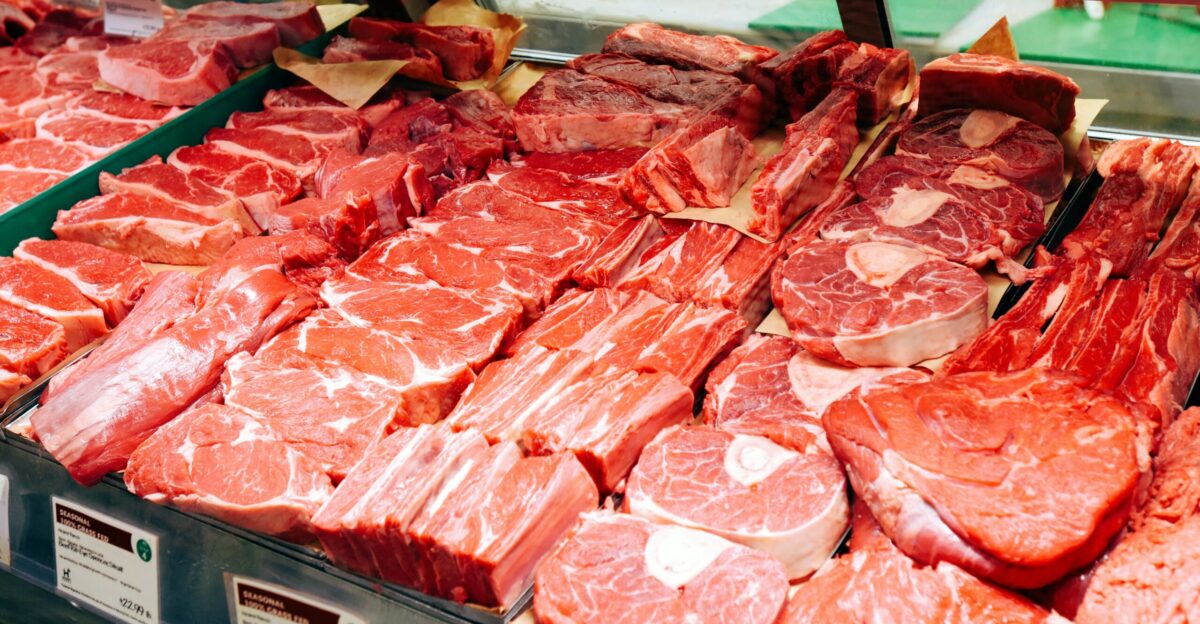
The USDA Economic Research Service predicts that beef and veal prices could rise to nearly 8% in 2025—equivalent to $100–$150 more annually for households buying two pounds weekly. USDA July forecasts cite higher feed costs, labor pressures, and supply chain concerns as drivers. Bloomberg agriculture analysts warn that hoarding meat adds waste and fuels volatility.
Freezers also have limited safe storage times, increasing risks of spoilage. Retail experts recommend buying strategically during promotions, storing only usable amounts, and diversifying proteins. Families attentive to price movements and portions can enjoy beef while avoiding budgetary and food waste pitfalls this year.
2. Eggs — Bird Flu’s Lasting Impact
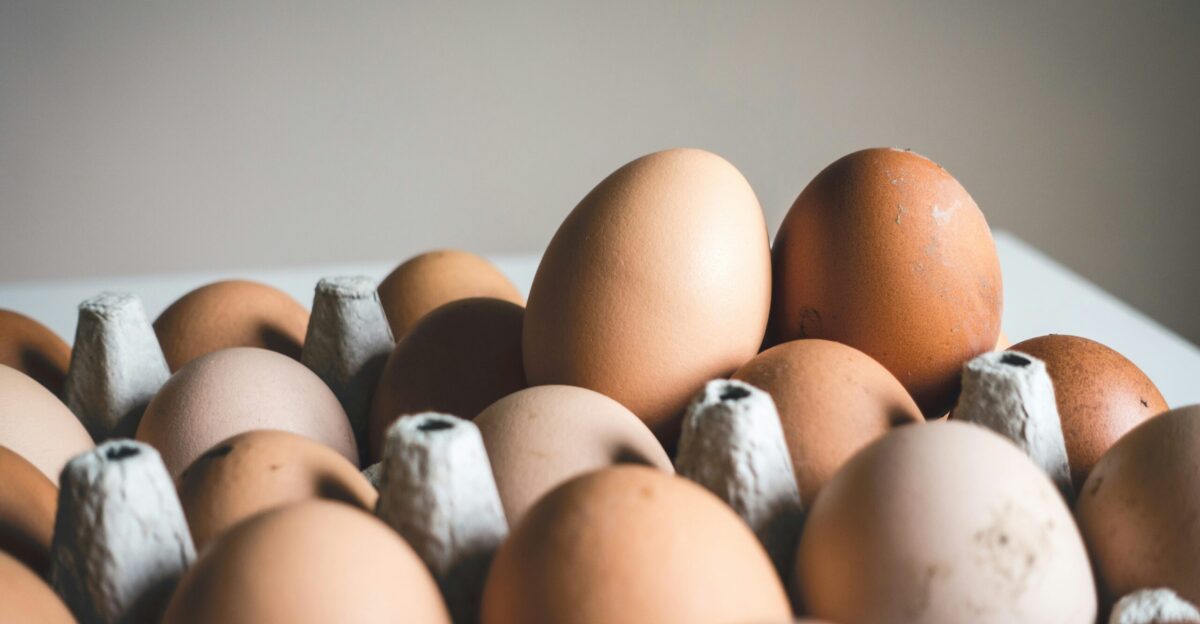
Egg prices remain under pressure. USDA economists forecast increases exceeding 20% in 2025, citing supply loss from extensive avian influenza outbreaks. Reuters reports confirm that more than 50 million hens have been culled since 2022, leaving reduced laying capacity. Many supermarkets enforce per-household limits to prevent imbalances.
Practical consumer strategies include using frozen eggs, plant-based alternatives, or substituting other proteins like dairy and legumes. By resisting stockpiling impulses, families ensure steadier supplies and reduce collective vulnerability to health-driven disruptions continuing into 2025.
3. Olive Oil — Imports Hit Hard

Olive oil is among the most vulnerable products this year. Bloomberg highlights Mediterranean droughts in Spain and Italy, severely cutting harvests and increasing global wholesale prices by more than 30%. The International Olive Council warns that extreme weather, shipping costs, and tariffs intensify consumer impacts in import-heavy markets like the U.S.
Specialty oils could be the hardest hit, as they face multi-bottle price climbs. Retail chains advise considering supermarket blends or switching to alternative oils such as canola or sunflower when possible. Economists stress that hoarding oil worsens shortages, unfairly pushing prices further upward.
4. Clothing — Tariff-Driven Price Explosion
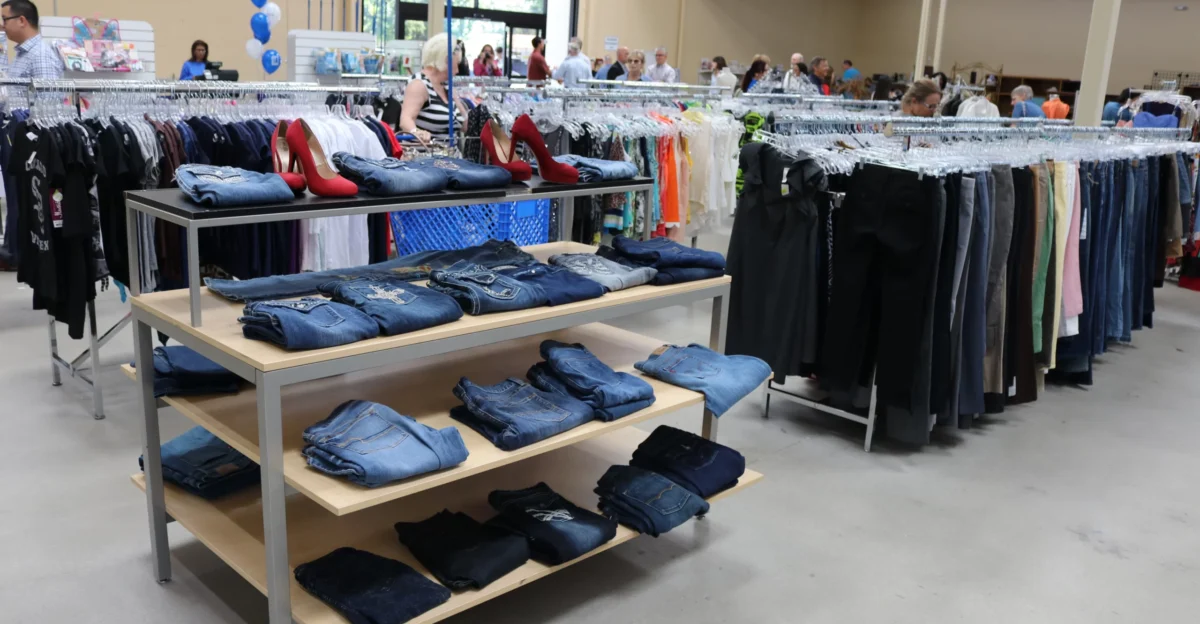
Apparel could face steep shocks in 2025. According to the USTR’s midyear tariff announcements, imported textiles and leather goods, particularly shoes and handbags, could rise by 20–30%. Financial Times trade forecasts align, projecting household clothing budgets strained by tariff-driven volatility. For families managing seasonal wardrobes or back-to-school shopping, increments can quickly accumulate.
Analysts advise consumers to adopt second-hand marketplaces, clearance sales, or staggered wardrobe purchases across months. Panic buying early in the season often depletes inventories and accelerates cost pass-throughs. Strategic planning and flexible fashion choices keep families dressed for less despite surging global tariff headwinds.
5. Electronics — Gadgets Get Pricier

Consumer electronics remain heavily exposed to tariff shocks and global supply constraints. CNBC tech analysts report that the price of smartphones, laptops, and televisions could rise by 10–20% this year, with high-end models especially vulnerable.
Premium devices may cost hundreds of dollars more than in 2024. Retail experts caution against rushing to stockpile gadgets since rapid depreciation makes overbuying irrational. Instead, buying essentials first, leveraging trade-in programs, or considering refurbished models helps families manage costs responsibly.
Promotions around holidays remain an effective timing strategy. Analysts emphasize careful prioritization over panic buying, ensuring households retain access to essential devices without financial stress.
6. Baby Gear — Durables Take a Hit

Durable baby products, including car seats and strollers, are tariff-sensitive due to their reliance on overseas production. Reuters trade analysts suggest costs may increase by 30% or more under 2025 tariff structures. For parents, the temptation to bulk-purchase years of gear creates unnecessary strain for families needing items immediately.
Industry voices highlight the availability of affordable alternatives, including rentals, certified second-hand gear, and community exchanges. Experts urge parents to focus purchases on critical, immediate needs rather than panic stockpiling. Responsible buying helps maintain market balance, protects supply for newborn families, and allows households to preserve financial stability.
7. Toiletries & Cleaning Supplies — Everyday Basics
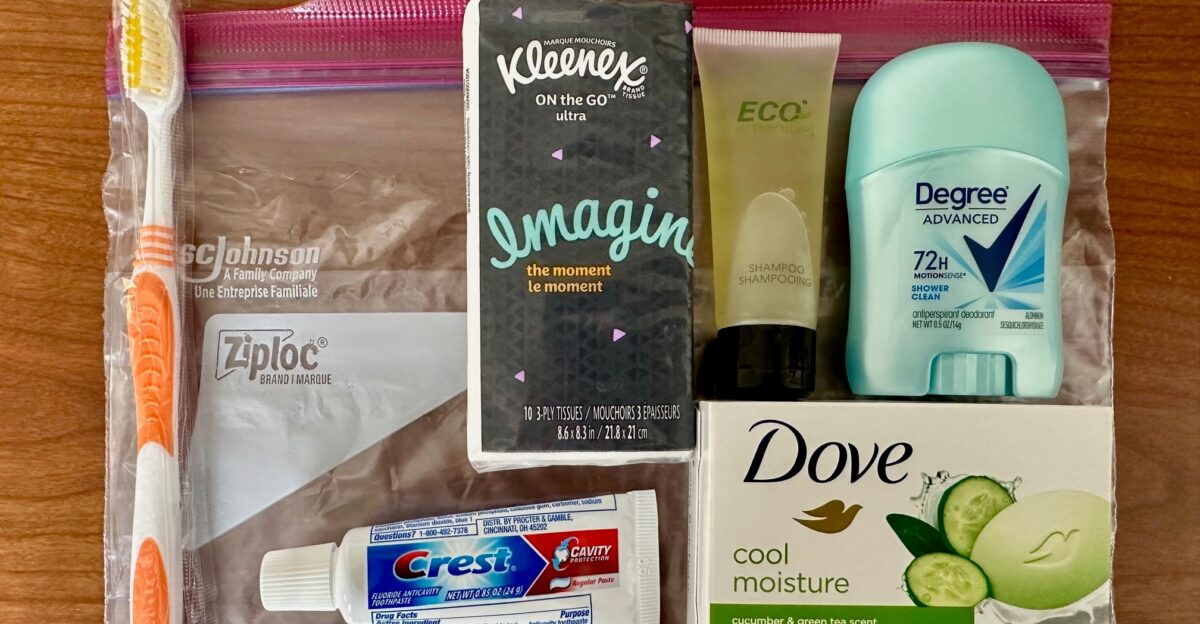
Everyday staples like soap, toothpaste, detergent, and toilet paper remain highly sensitive to consumer panic. The Wall Street Journal notes continued small but steady increases in 2025, driven by higher raw material, freight, and labor costs. Retailers recall destructive hoarding episodes during the pandemic and emphasize moderation.
Experts recommend shoppers keep a buffer of one or two spare packs, rotate supplies carefully, and favor competitive store-brand products for savings. Emptying shelves undermines equitable access and triggers unnecessary local volatility. Balanced purchasing helps families remain prepared while ensuring these daily essentials stay consistently available community-wide.
8. Sugar, Sweets & Beverages — Quiet but Costly
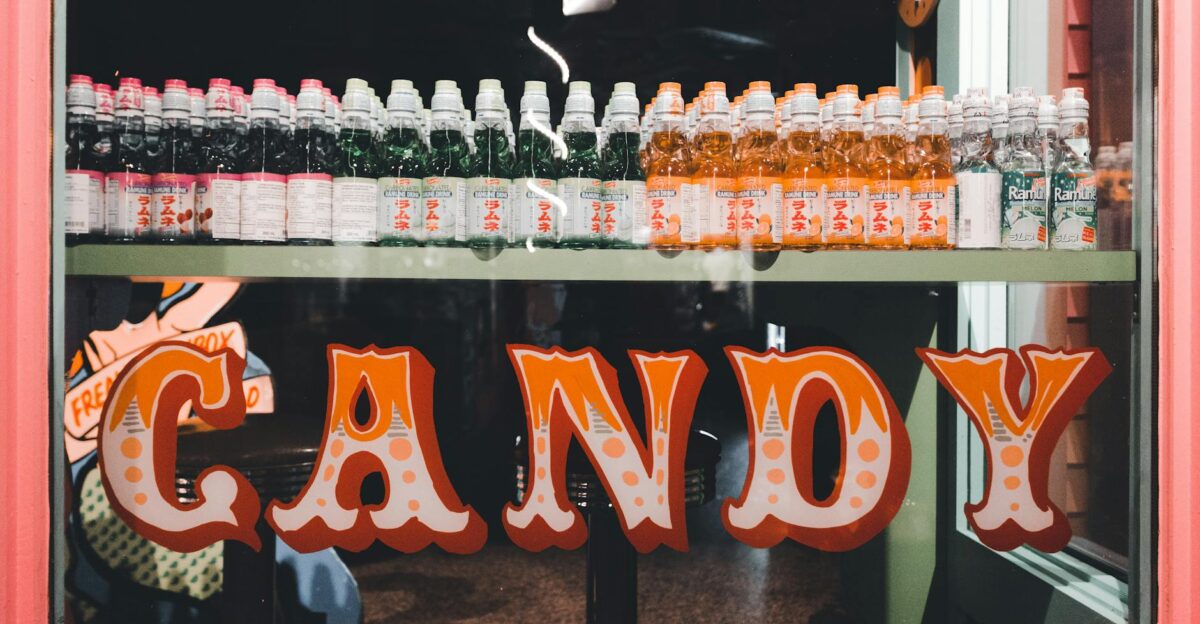
The USDA Food Price Outlook signals modest yet steady increases for sugar, sweets, and nonalcoholic beverages, generally in the 2–4% range for 2025. While less dramatic than meat or oils, the cumulative effect quietly strains household budgets. Large-scale hoarding of soft drinks or candy often triggers short-term spikes, as consumer behavior studies show visible shelf gaps spark unnecessary buying.
Analysts urge aligning purchases with weekly consumption needs and considering generic brands. Responsibly pacing sweet beverage buying ensures affordability and avoids artificial scarcity, keeping treat access equitable across households despite incremental but persistent upward pressure.
9. Fresh Produce — Volatility Returns
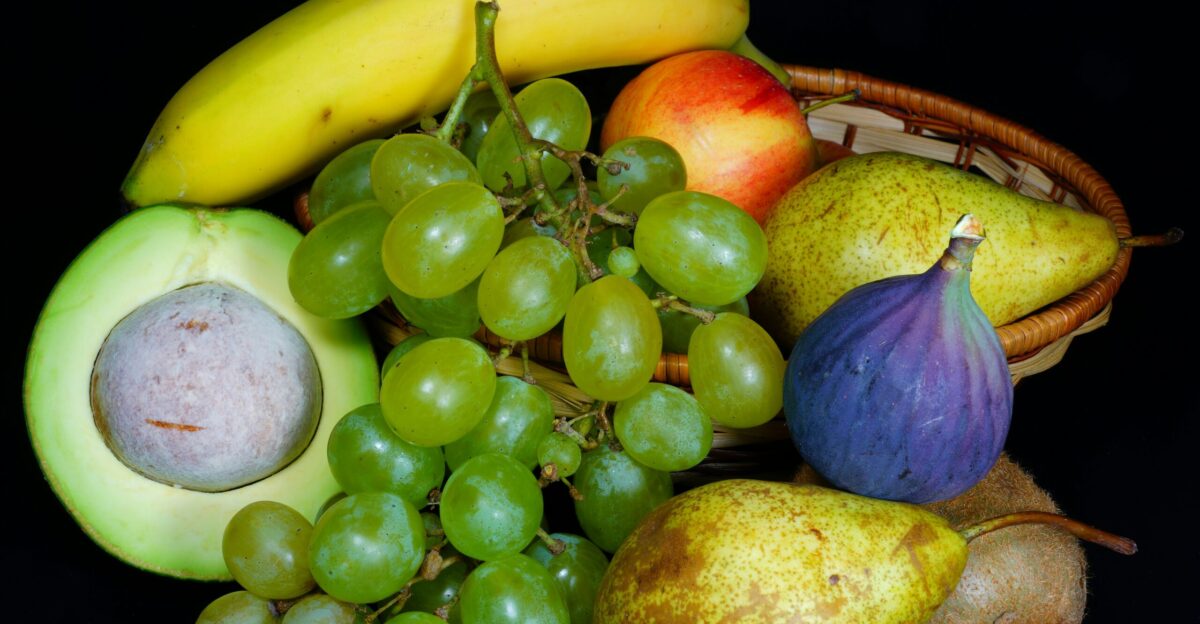
Perishable fruits and vegetables face pressure from weather disruptions and tariffs. The USDA ERS July 2025 forecast projects 5–7% rises, particularly for leafy greens, citrus, and imported berries. Bloomberg’s agriculture coverage links price surges to severe storms and drought conditions in key growing regions. Researchers caution that stockpiling perishables wastes money, as spoilage rates are high.
Analysts suggest that families prioritize frozen or canned substitutes when prices spike, while diversifying produce sources. Rotational shopping, freezing smaller portions, and flexibility in recipe planning help households preserve nutrition affordably, without falling into panic purchasing habits that amplify scarcity.
10. Pet Supplies — Fido Feels the Squeeze

Pets are not immune to 2025’s price environment. Market research from Euromonitor International shows wet dog food and supplies may rise by nearly 10%, reflecting tariff impacts and rising logistics costs. Shortages intensify when owners hoard, draining shelves rapidly. Analysts recommend routine purchasing patterns, supplemented by exploring generic alternatives, subscription services, or gradual adaptation to store-brands when costlier imports spike.
Pet industry associations stress that moderation ensures balanced access within local communities, safeguarding vulnerable households without large storage capacity. Building modest reserves is reasonable, but panic procurement creates preventable scarcity across supply networks.
11. Home Appliances — Tariffs Drive Selective Hikes

Household appliances remain tariff-sensitive sectors. Reuters reports highlight that dishwashers, refrigerators, and washers are exposed to price increases depending on their import reliance. The Consumer Technology Association warns popular international models may climb steeply midyear following tariff enactments. Not all families should replace appliances preemptively; hoarding durable goods is wasteful and binds large amounts of capital.
Industry experts instead recommend delaying optional purchases, considering American-made or domestic alternatives, and timing buys around major retail events. By avoiding panic replacement cycles, households can preserve savings while ensuring appliances are available for those with immediate and urgent needs amidst 2025’s tariff shifts.
12. Home Goods & Furniture — Planning Matters

Home furnishings carry moderate inflation risk compared with electronics or apparel. The Furniture Today industry outlook notes mid-single-digit increases tied to shipping disruptions and tariff escalations. Experts caution families against panic stockpiling bulky items, since storage costs and financing terms often offset perceived savings.
Used and consignment markets remain robust alternatives, while domestic manufacturing has expanded choice for key categories. Retailers recommend thoughtful, need-based purchases instead of reaction-driven shopping. By pacing furniture replacements and targeting quality over quantity, households can maintain comfort, manage budgets, and avoid fueling additional volatility in home goods during 2025.
13. Energy & Utilities — Bills Under Pressure

Energy and utility costs face upward pressure this year. The U.S. Energy Information Administration (EIA) outlook projects household electricity bills climbing due to fuel costs and seasonal energy demand. Global disruption in natural gas markets further jeopardizes stability. Unlike groceries, energy cannot be hoarded effectively, and prepayment schemes rarely deliver meaningful price shielding.
Analysts recommend households embrace energy-saving measures, from smart thermostats to weatherproofing homes. Fixed-rate promotional options from utility providers may reduce volatility. Experts emphasize that calm, strategic consumption—not frantic prepay tactics or short-term panic—offers the best defense against utility-driven household cost surges in 2025.
14. Specialty Imports — Coffee, Syrup & More
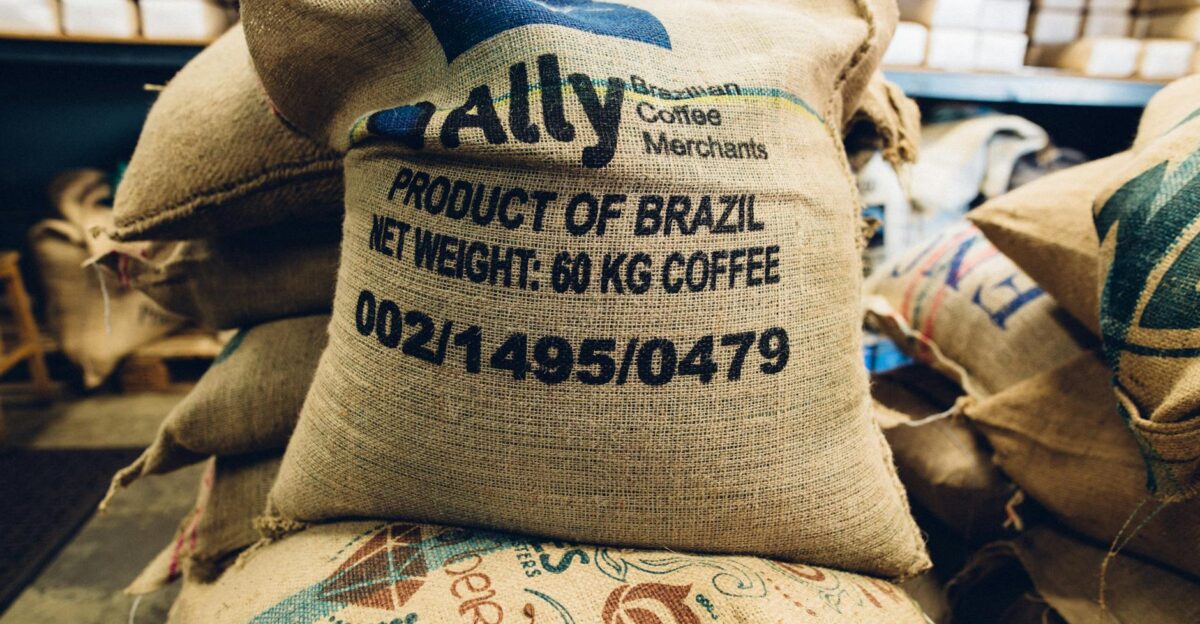
Imports of coffee, maple syrup, and premium sauces are tariff-sensitive luxury categories. Bloomberg commodity desks report that shipping strain and tariff surcharges are already lifting coffee figures. Flavored syrups and imported sauces face similar retail markups. Hoarding specialty items fuels rapid depletion and feeds speculation. Experts advise experimenting with domestic substitutes or adapting consumption routines when possible.
Store-brand alternatives or responsibly paced purchases provide budget protection and equitable access across communities. While families may be tempted to “lock in” gourmet pantry supplies, balanced buying habits reduce price acceleration and support steadier flows into retail channels for all consumers.
15. Personal Care Items — Quiet but Relentless Increases

Personal care, cosmetics, and skincare products are quietly climbing due to packaging tariffs and higher import costs for active ingredients. Euromonitor 2025 forecasts suggest steady increases of 3–6% in standard categories. Analysts caution families against overbuying, since many products expire or degrade faster than expected in storage. Financial advisors recommend multipurpose products, rotating supply use, and trialing value-brand alternatives to offset climbing costs.
Responsible purchasing avoids both household waste and sudden empty shelves locally. Moderated consumption, aligned with promotional sales, helps households keep cosmetics and toiletries accessible while reducing volatility across the broader retail market.
Scarcity Psychology—How Hoarding Escalates Crises
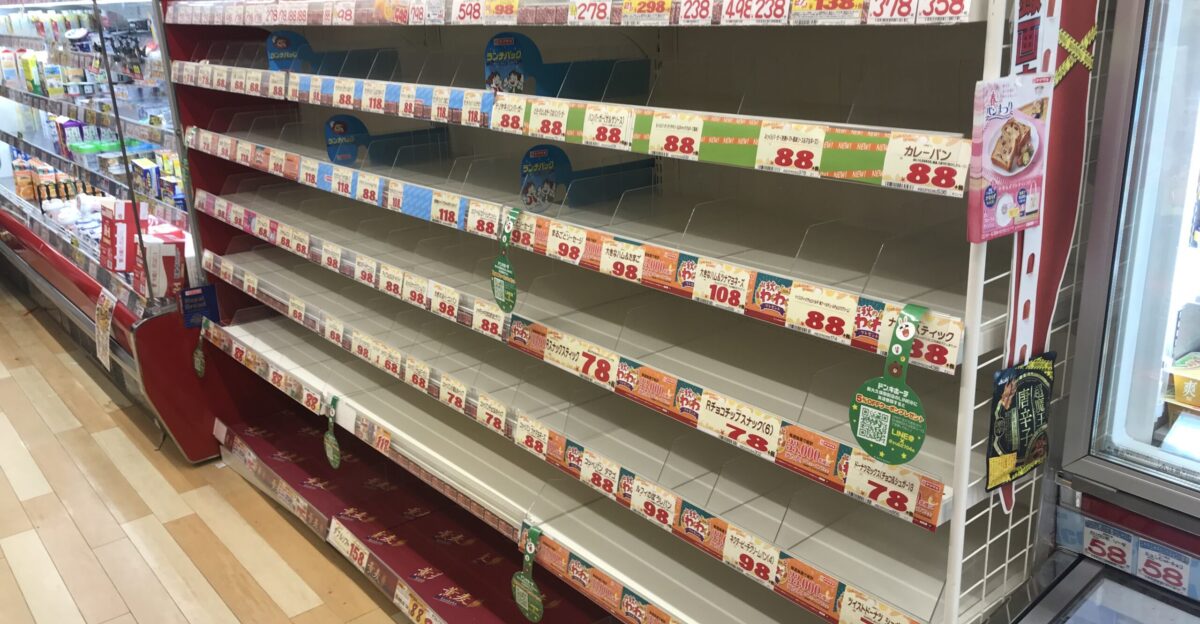
Behavioral research published in the Journal of Consumer Studies shows empty shelves trigger psychological panic, prompting rapid-paced hoarding and worsening shortages. Retailers counter this cycle with purchase limits, digital alerts, and inventory-tracking systems. However, analysts emphasize consumer discipline as the strongest stabilizer. Families who resist panic help protect the supply for neighbors and small businesses.
Economists note that social media imagery of shortages amplifies scarcity psychology. Staying level-headed is the simplest corrective. Consumers’ choices will shape local market resilience and affordability in a year of record tariff pressure and global weather disruption.
The Smart Shopper—2025’s Survival Playbook
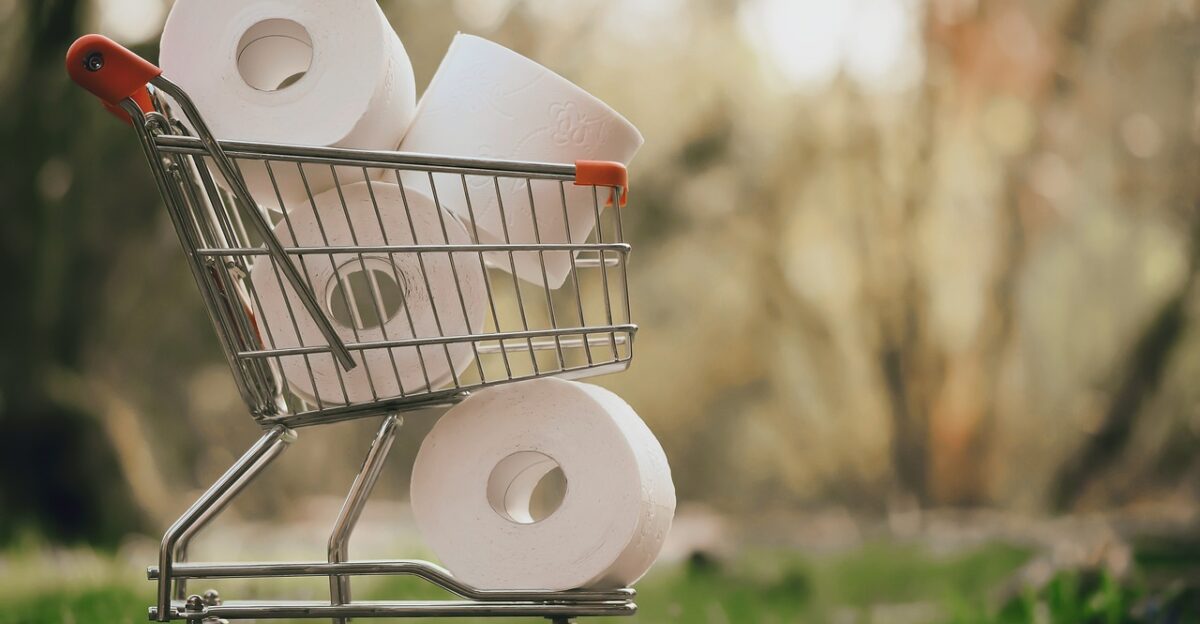
The final message is straightforward: thoughtful buying beats panic every time. USDA ERS and Bureau of Labor Statistics analysts recommend limiting purchasing to immediate needs, planning meals consciously, and using price-tracking tools. Pursuing generics where possible, rotating supplies, and scheduling major purchases around retail promotions softens the impacts on households.
Families that avoid hoarding stabilize budgets and strengthen community resilience. In turbulent times, responsible shopping—anchored in patience, balance, and credible forecasting—guards resources, maximizes affordability, and ensures shelves stay stocked for everyone navigating the global economic challenges of 2025.